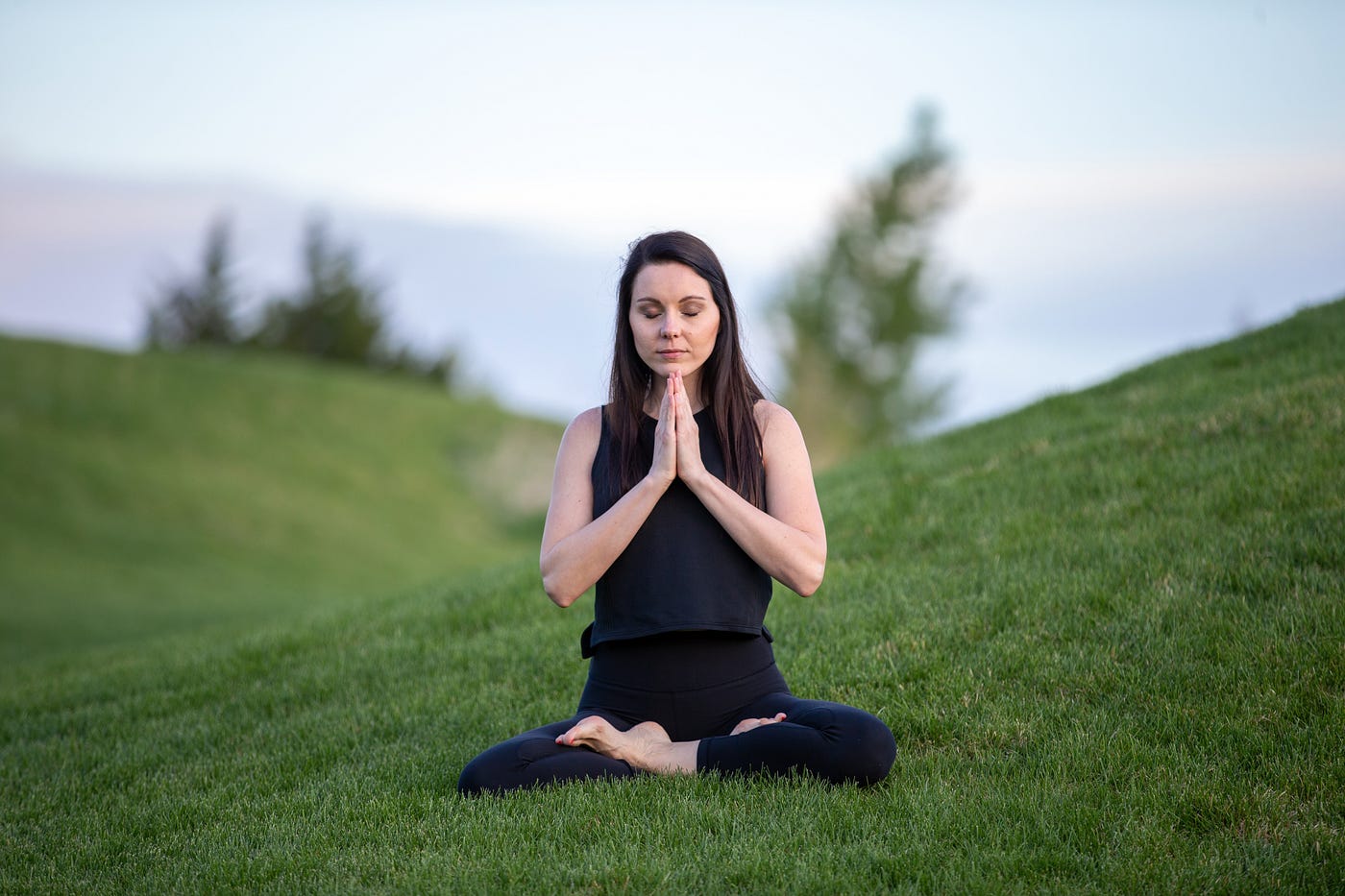Emotional spirals can turn your thoughts and behavior irrational or destructive. Mindfulness provides techniques to help reset both emotions and behaviors.
Meditation is an ancient Eastern and Buddhist philosophy practice with modern applications that has proven beneficial. Meditation can enhance focus and clarity while decreasing stress levels to foster an overall positive outlook on life.
Breathing Exercises
As you breathe in for five counts and then exhale for six counts extending the out breath so it lasts longer than the in breath, visualizing stress leaving your body as each long exhale is exhaled out – this breathing exercise should last about 10-20 minutes before switching back.
Athletes often utilize mindfulness training to stay relaxed during races and competition. But its principles also apply in everyday life – they help us remain calm during traffic jams, conversations with friends, scrambling eggs in the pan or taking exams or interviews for jobs.
Mindfulness has gained in popularity recently. Researchers have demonstrated its many benefits, such as stress reduction, improved working memory performance, reduced rumination levels, greater relationship satisfaction and enhanced physical health. While purist Buddhist teachers may object to its use for pop psychology and business purposes, others recognize its utility in alleviating anxiety in all aspects of our lives – anyone who meditates or takes deep breaths has engaged in some form of mindfulness; the more often we practice it the better we become at redirecting our thoughts in positive directions.
Visualizations
Visualization is a form of relaxation exercise that uses your imagination to create an calming scene in your mind. Typically combined with mindfulness meditation, visualization involves focusing on an image or goal which promotes stress relief while strengthening control over one’s thoughts – all key components in combatting anxiety.
At this type of meditation, it’s suggested to close your eyes and visualize an image or scene that brings peace and relaxation. Some find pleasure viewing natural settings, like lakes and beaches; while others might prefer mountaintop vistas or lush forests. Whatever setting may appeal to you most, engaging all senses when envisioning these scenes ensures it remains realistic yet soothing.
There are various ways to practice visualization techniques, but generally speaking it’s recommended that you start by sitting or lying comfortably and taking several deep breaths until your body relaxes. Once that has taken place, shift your attention towards whatever peaceful scene has been chosen – think of it like looking at a painting and add details if possible.
There are numerous guided visualization exercises online, which you can listen to from the comfort of your own home. Some popular options include beach scenes and the Protective Light exercise.
Breathing Techniques
Breathing techniques activate your body’s relaxation response, which reduces stress levels and blood pressure. They’re great ways to soothe your mind and body after work or before bedtime for the ultimate restful slumber.
To practice deep breathing, find a comfortable position and close your eyes. Place one hand on your stomach and the other on your chest – breathing in should cause one hand on your belly to rise; breathing out should cause it to drop back down again. Focus on taking full and slow breaths into your lungs in order to release tension and reenergize your body.
Humming Bee Breath, another breathing technique designed to reduce anxiety and promote relaxation, involves using your abdominal muscles to create a soft buzzing noise when exhaling that mimics bee buzzing sounds. Repeat this exercise several times for maximum effect and relief from stress and tension.
One effective breathing technique to quiet the mind and improve focus is counting breaths to help calm and focus the mind. Simply start counting “one” each time you inhale or exhale; if you lose track, simply restart from one again. Counting breaths can be especially helpful for individuals experiencing high levels of tension or stress, difficulty sleeping, lung conditions or those experiencing heart conditions; complementary and integrative health specialists, mental health practitioners or yoga teachers often teach relaxation techniques as part of treatment plans for their patients.
Mindfulness Exercises
Mindfulness can be an effective stress-reducing practice. It involves being present and accepting whatever comes up without judgment; helping regulate emotions as they arise and helping people cope better with daily challenges. Meditation practices such as Mindfulness may help alleviate anxiety, promote sleep quality and enhance concentration while strengthening immune systems and increasing focus capabilities.
Some may mistake the misconception that mindfulness means sitting cross-legged with eyes closed for 10 to 15 minutes; however, this is not necessary. You can incorporate mindfulness into your daily life by becoming more aware of sensations while engaging in various activities (for instance when running or walking to work) by taking note of how your body reacts as you take deep breaths and move with the flow. You could also utilize mindfulness meditation in the workplace to increase productivity while simultaneously creating a healthier work environment.
Mindfulness exercises can help students regulate their emotions and remain focused in class. Try these fun and engaging activities to teach your students mindfulness at home and at school:




